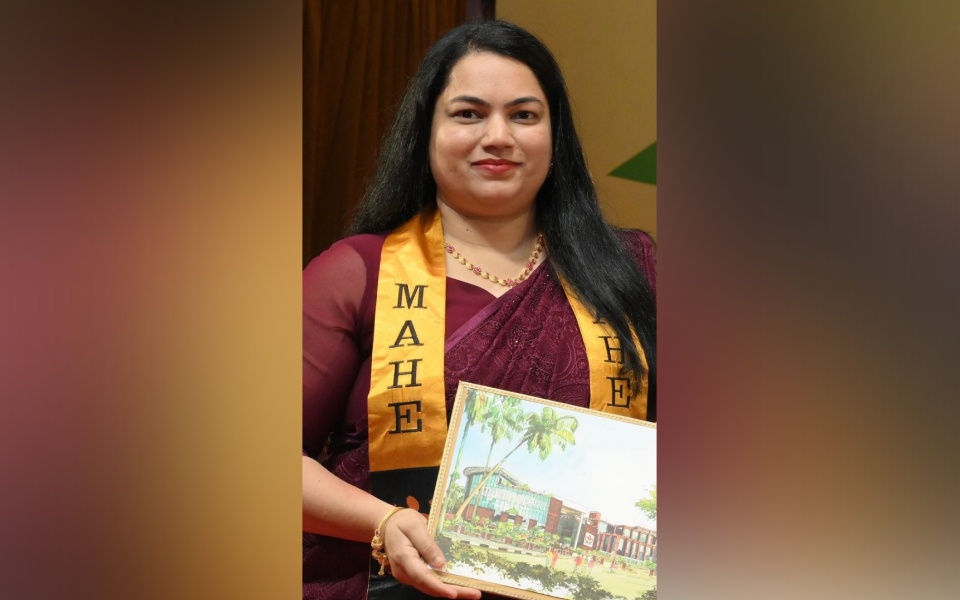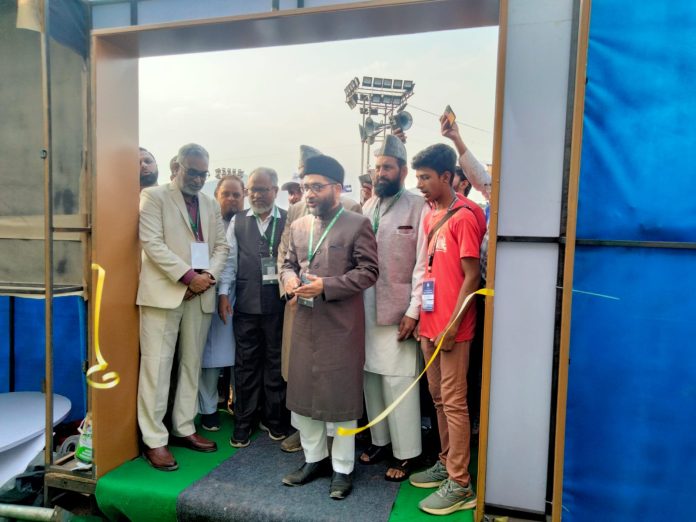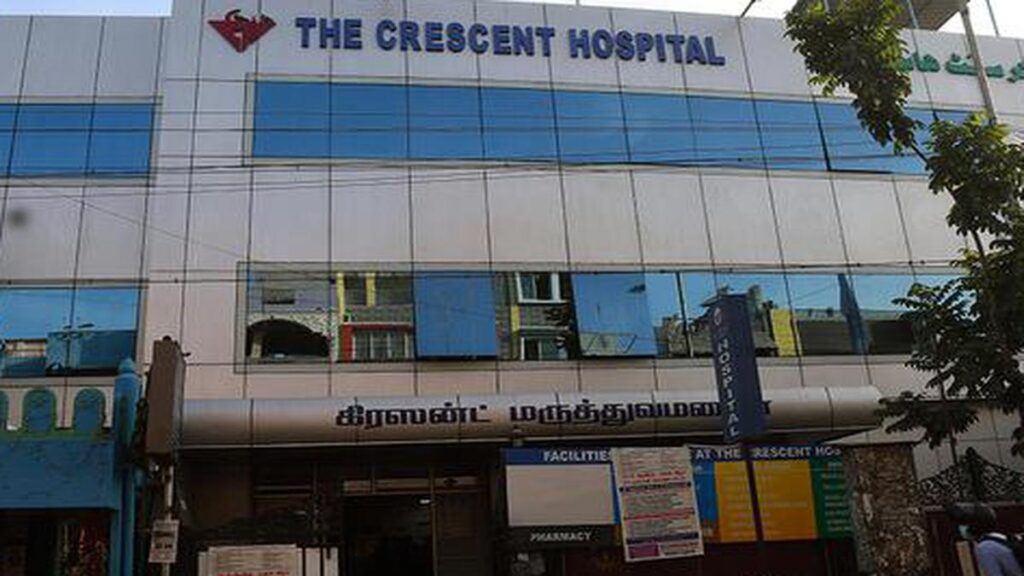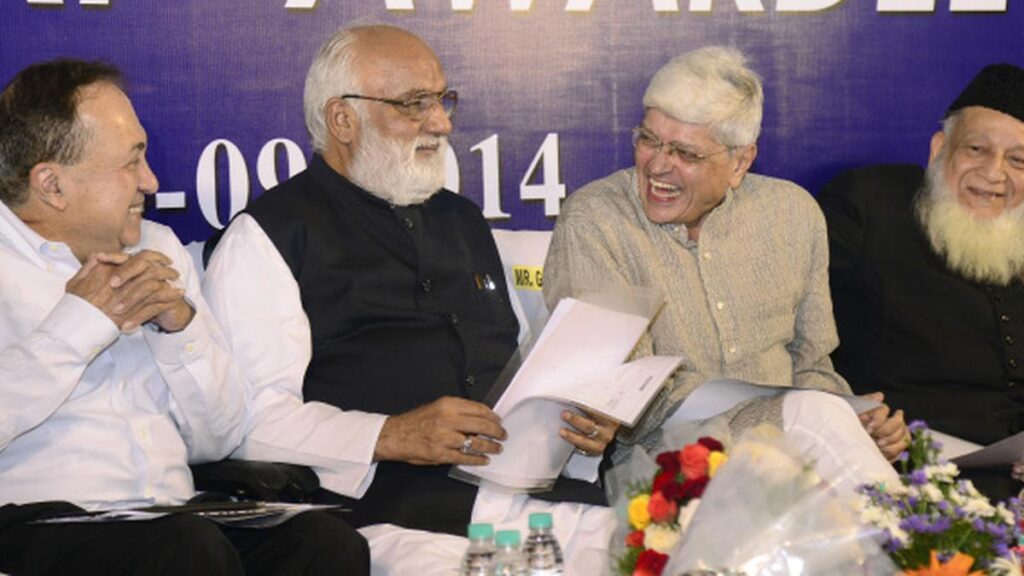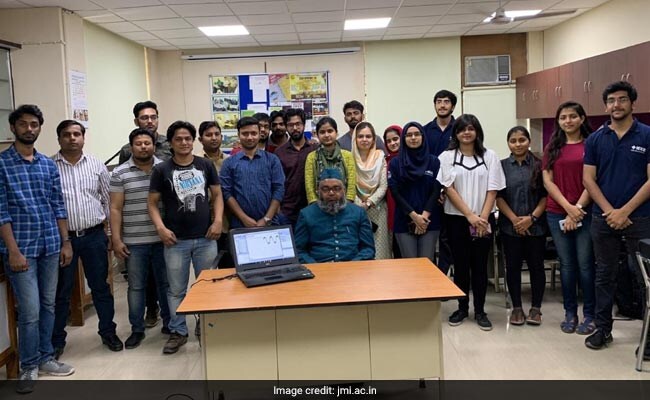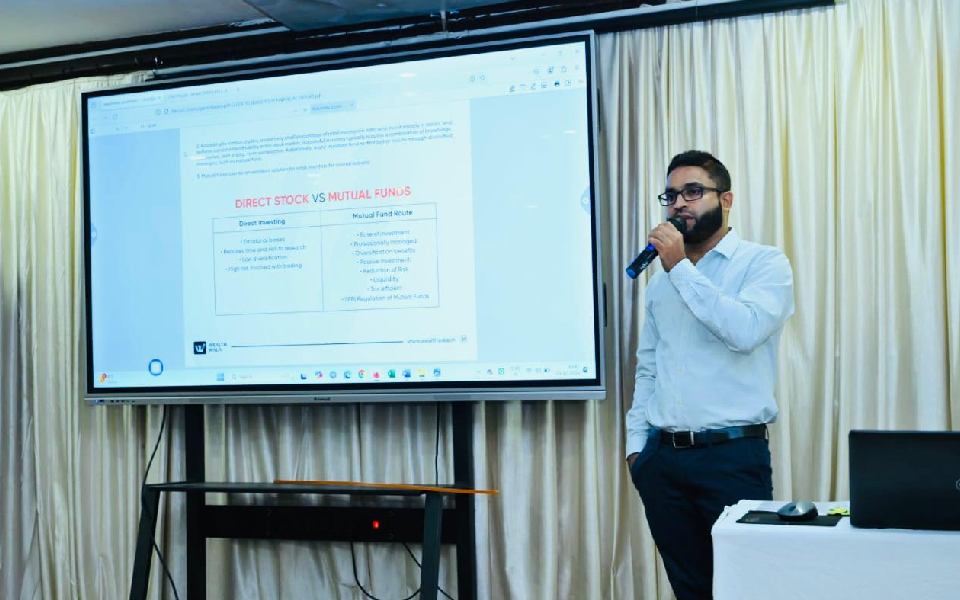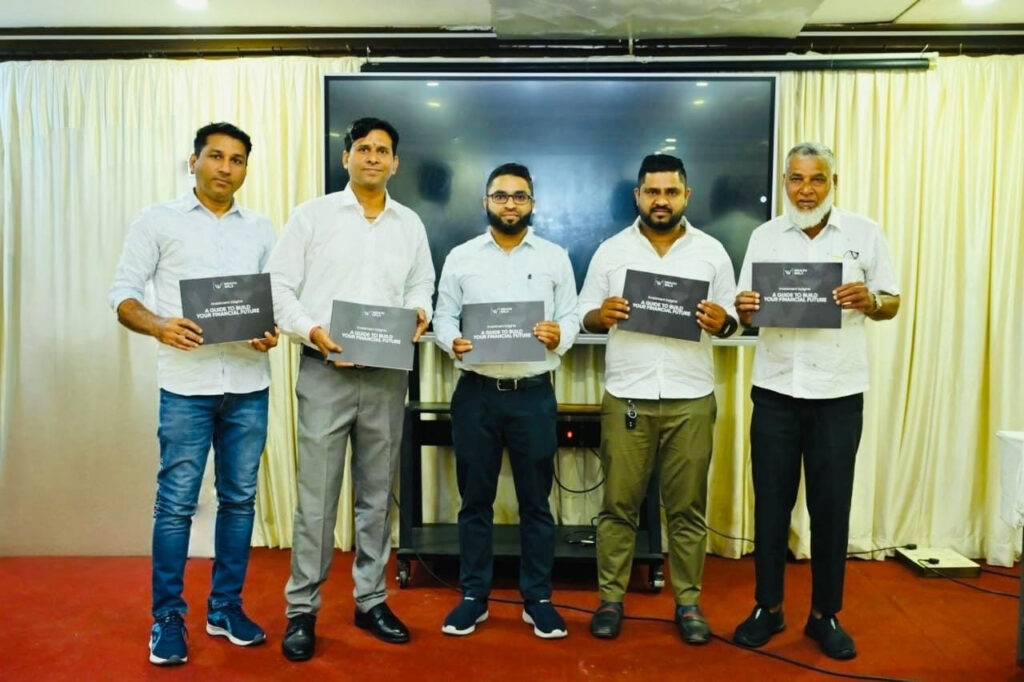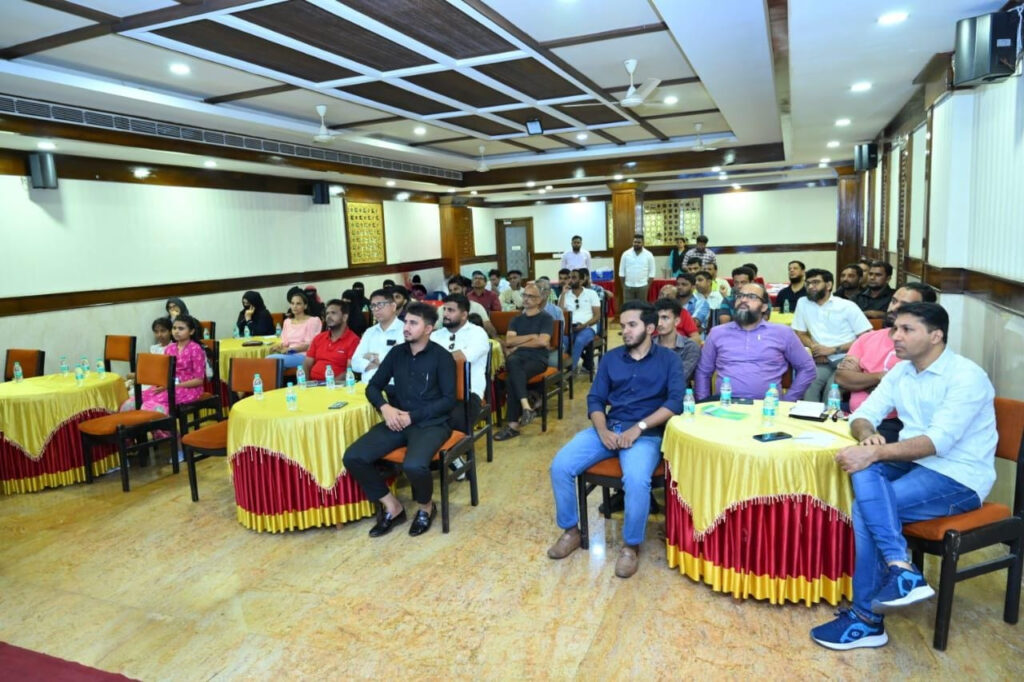KERALA :
Prem Nazir brought the golden era to the Malayalam film industry. He made a place in the hearts of people with his acting and generosity. In his 39 years of career, he made such records related to cinema which are almost impossible for the actors of today’s era to make or break.
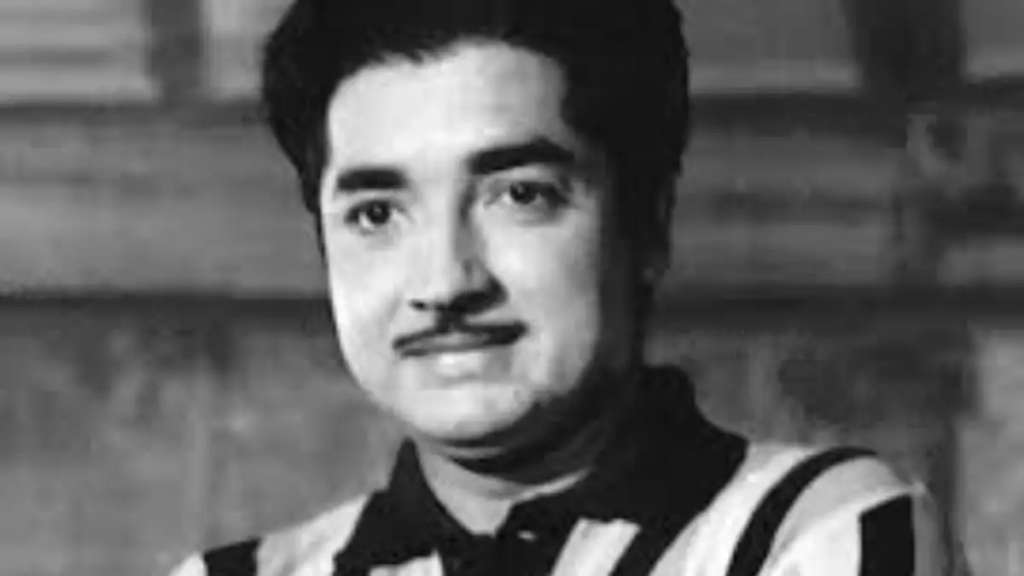
Image Source : X / India’s first superstar was Prem Nazir
Whenever we talk about the most successful actors of India, then the names of Amitabh Bachchan, Shah Rukh Khan, Dilip Kumar or Kamal Haasan come to our minds. But do you know there was a bigger superstar than these actors who made such records that are impossible to touch even today? Today we are going to tell you about that Indian superstar, who has given not one or two but 700 hit films.
Who was India’s first superstar?
We are talking about Prem Nazir, the superstar of Malayalam films of the 50s. Yes, the veteran star of Malayalam cinema is also called the actor who brought the golden era of Malayalam cinema. Prem’s acting was so powerful that every director of that era wanted to cast him in his film. Talking about Prem Nazir’s record, he made many big records like doing the most films, most double roles, most triple roles and about 130 films with the same heroine. Due to this, not two or three but 39 of his films were released in the year 1979.
How is Nazir different from other superstars?
To understand how great Prem Nazir’s record is, we tell you through a comparison. The biggest name in Indian cinema, Amitabh Bachchan, has less than 60 hit films as a lead actor, out of which 10 are blockbusters. Now comes the talk of South superstar Rajinikanth, who has a record of more than 80 hits and more than a dozen blockbusters. Let us now talk about the three Khans as well. Salman Khan has given 39 hit films out of which 15 are blockbusters, followed by Shah Rukh Khan who has given 34 hit films including 10 blockbusters. Aamir Khan is far behind with 20 hit films including 6 blockbusters.
You will be surprised to know that even after adding the hit films of all these actors, they do not even come close to the number of hits of Prem Nazir along with 50 of these being blockbusters. He played the lead role in more than 700 films due to which his name is recorded in the Limca World Record.
Other records in the name of Prem Nazir
Prem Nazir has many other records to his name. He worked with 85 heroines. Till the year 1975, Prem worked with actress Sheela in a total of 130 films. This is because he considered Sheela as his lucky charm. He played double roles in more than 40 films. Apart from this, he also appeared in triple roles in three films.
Nazir is also remembered for his compassion
Prem Nazir’s presence is a big reason why the Malayalam film industry was called the Golden Age. Prem was such an actor that if any of his films flopped, he would immediately ask the producer to start another film. The actor would take out dates from his busy schedule and do the producer’s films so that his losses could be compensated.
source: http://www.indiatvnews.com / India TV / Home> News> Entertainment> Celebrities / by Satish Verma, New Delhi / November 12th, 2024

